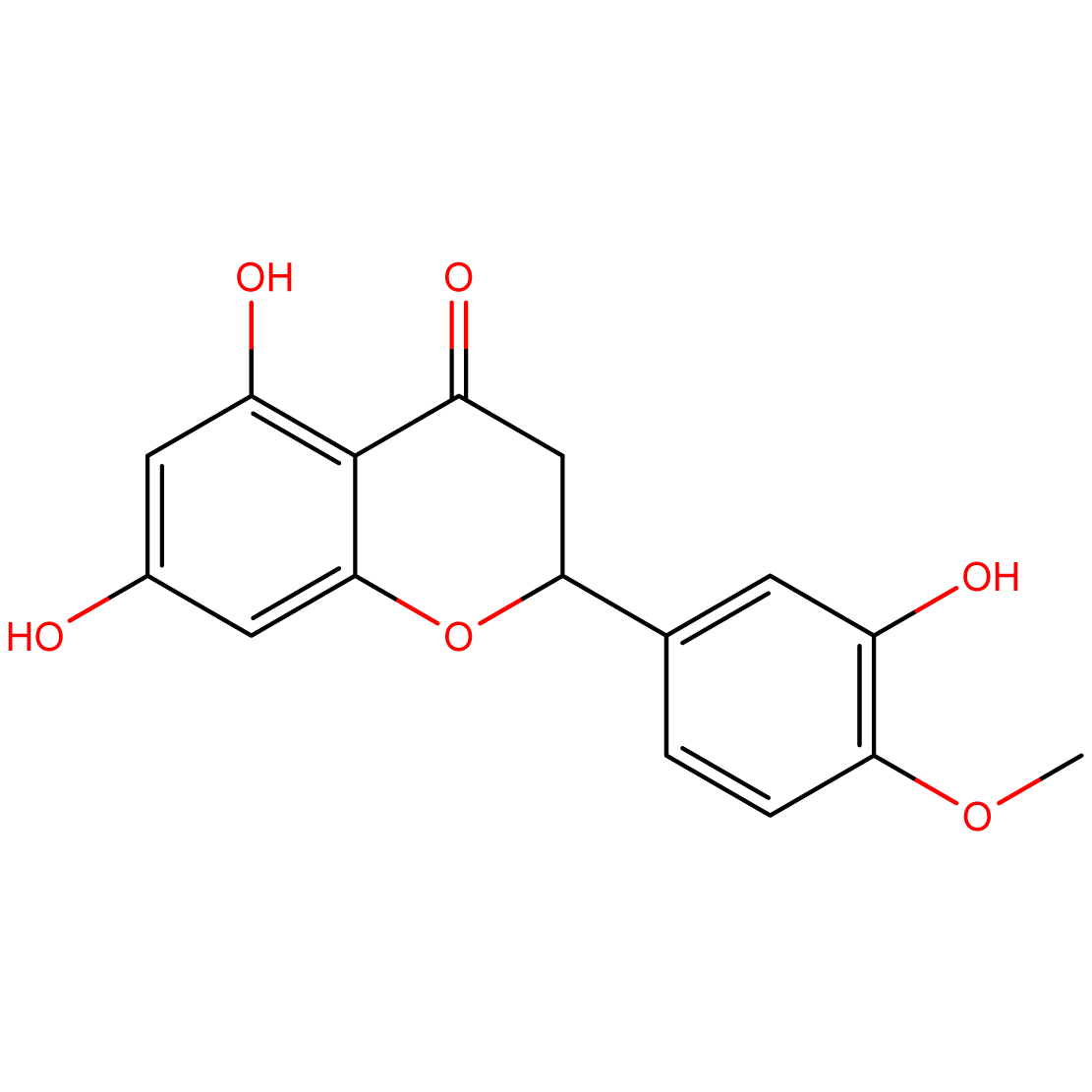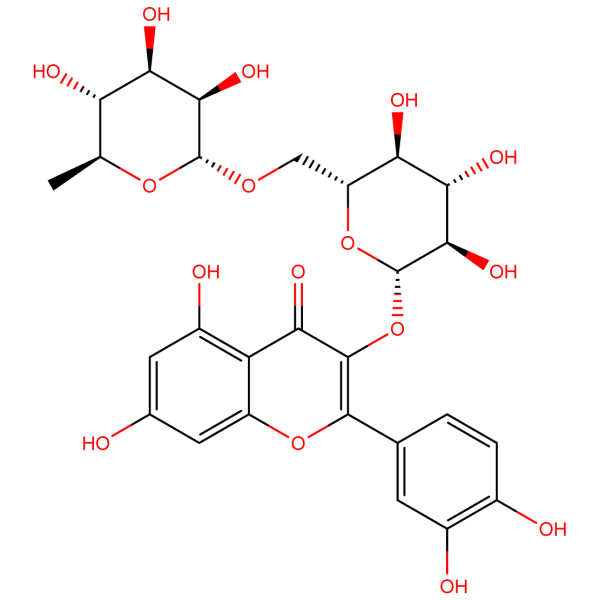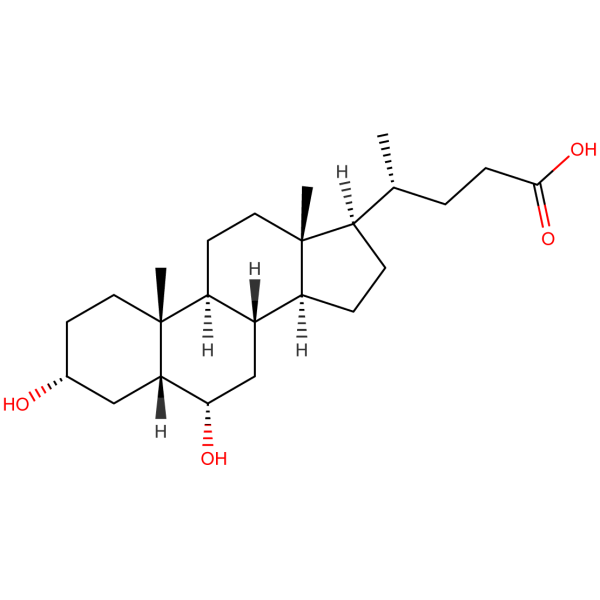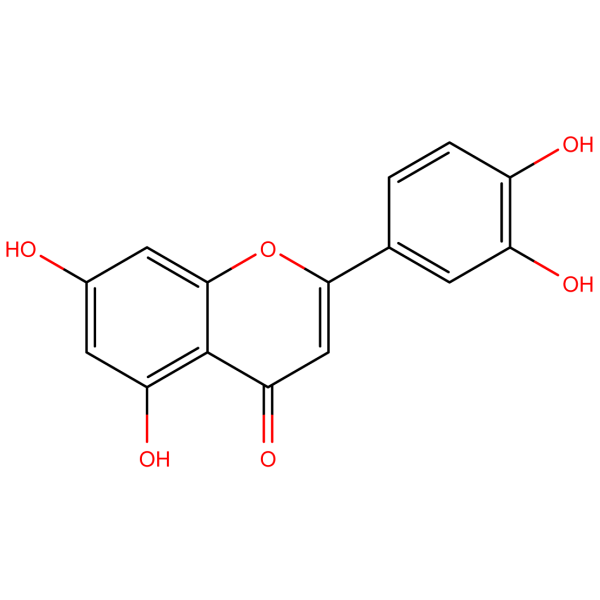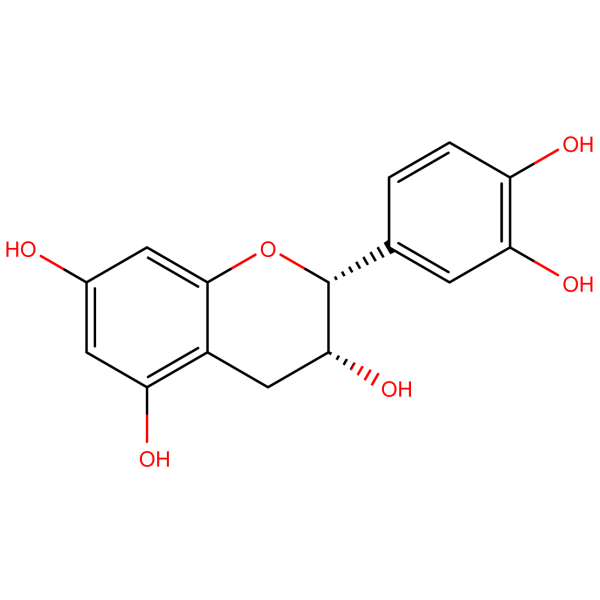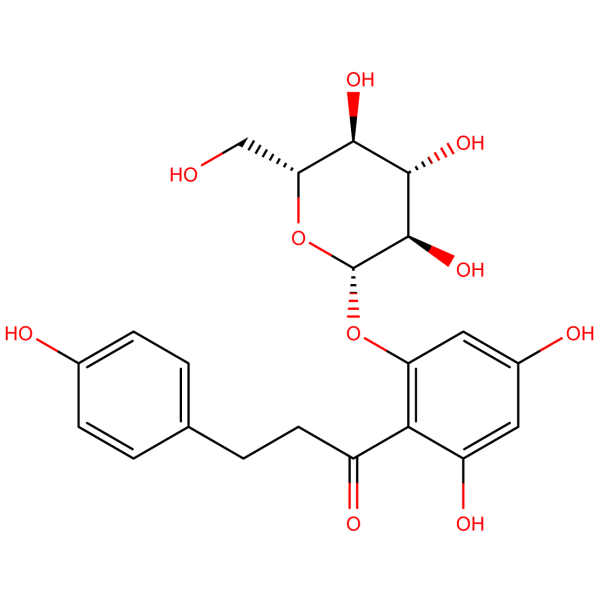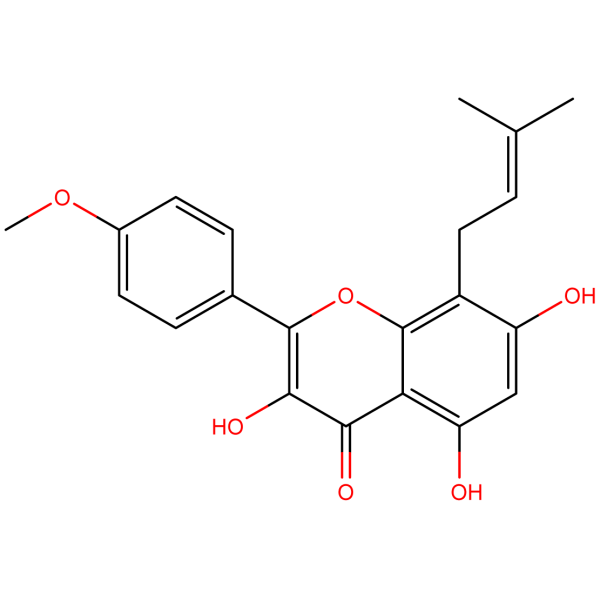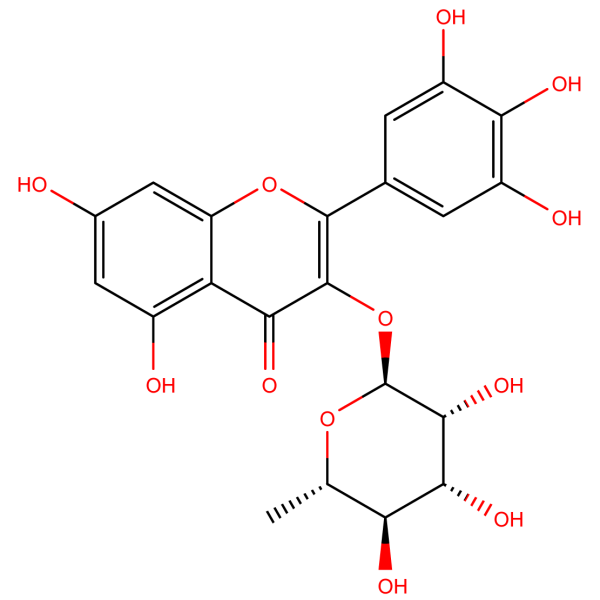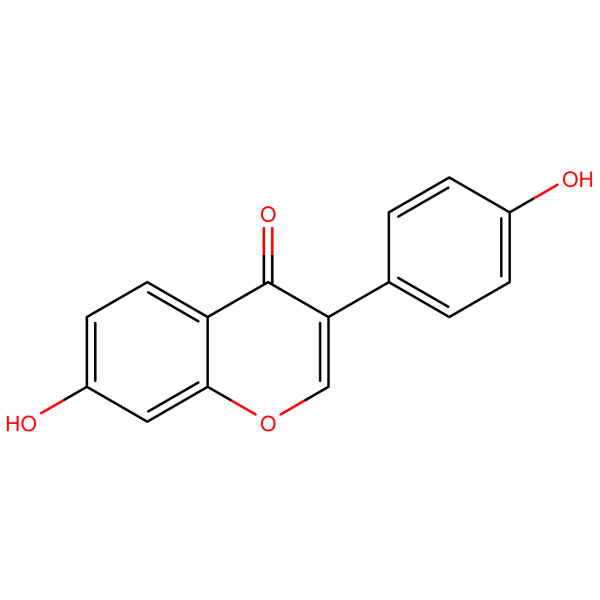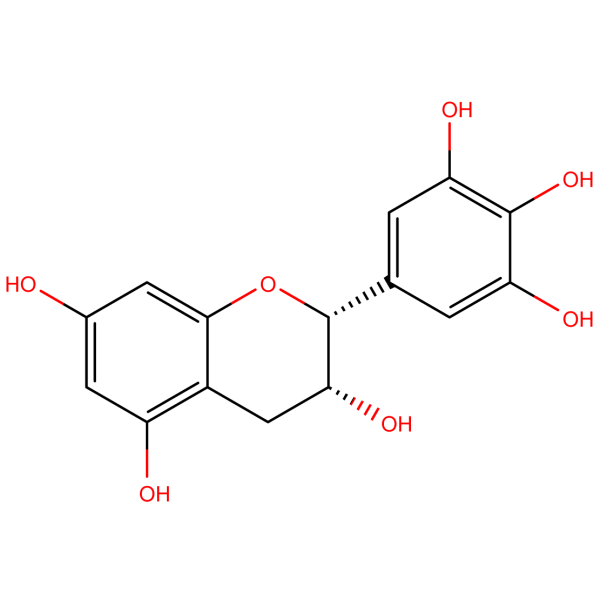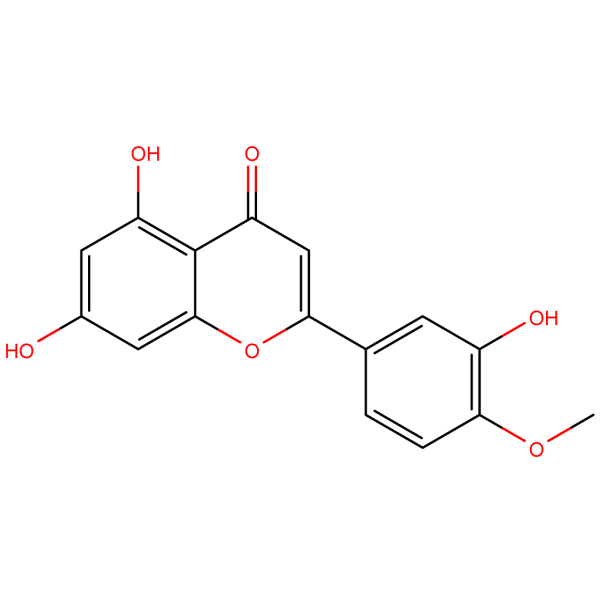Hesperetin (69097-99-0): Potent Flavanone for Advanced Biomedical Research
1. Molecular Identity
- Chemical Name: (2S)-5,7-Dihydroxy-2-(3-hydroxy-4-methoxyphenyl)chroman-4-one
- CAS Number: 69097-99-0
- Source: Naturally occurring in citrus fruits, particularly oranges and lemons
2. Biochemical Significance
Hesperetin (69097-99-0) is a flavanone, a type of flavonoid, with diverse biological activities. Its unique molecular structure contributes to its antioxidant, anti-inflammatory, and potential therapeutic properties, making it a compound of significant interest in nutritional and pharmaceutical research.
3. Key Properties of Hesperetin (69097-99-0)
- Antioxidant: Exhibits potent free radical scavenging activity
- Anti-inflammatory: Demonstrates ability to modulate inflammatory responses
- Cardiovascular Protection: Shows potential in supporting heart health
- Neuroprotective: Indicates promise in protecting neuronal cells
4. Potential Research Applications
- Cardiovascular disease studies
- Neurodegenerative disorder investigations
- Cancer research, particularly in chemoprevention
- Metabolic syndrome and diabetes studies
5. Current Research Focus
Ongoing studies are investigating hesperetin’s effects on:
- Oxidative stress-related cellular damage
- Inflammatory signaling pathways
- Glucose and lipid metabolism
- Neuroprotection mechanisms in various brain disorders
6. Formulation Challenges and Innovations
Researchers are actively working on:
- Enhancing bioavailability and solubility
- Developing targeted delivery systems for improved efficacy
- Creating synergistic combinations with other bioactive compounds
7. Regulatory Considerations
Hesperetin (69097-99-0) is generally recognized as safe (GRAS) as a food additive. Its use in specific therapeutic applications would require comprehensive safety and efficacy evaluations to meet regulatory standards.
8. Future Research Directions
The scientific community anticipates:
- Advanced clinical trials for cardiovascular and neurological indications
- Exploration of hesperetin’s potential in combination therapies
- Investigation of structure-activity relationships for optimized derivatives
9. Collaborative Opportunities
We invite nutritionists, pharmacologists, neuroscientists, and academic institutions to explore the research potential of hesperetin. For inquiries, collaborations, or to discuss how this compound can benefit your research projects, please contact us at sales@nstchemicals.com.
Join us in advancing biomedical research with hesperetin – a promising flavanone at the forefront of nutritional and pharmaceutical innovations.

